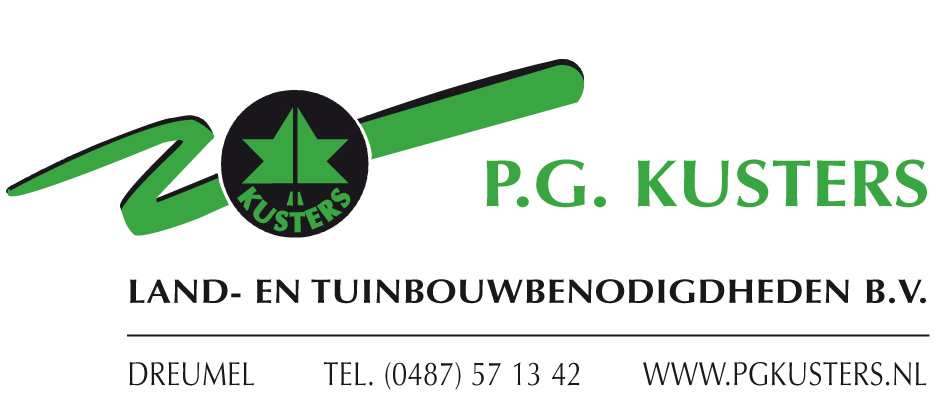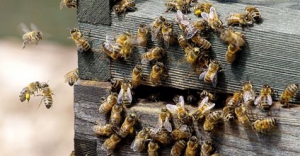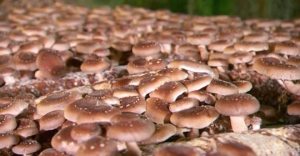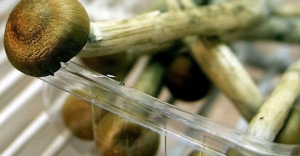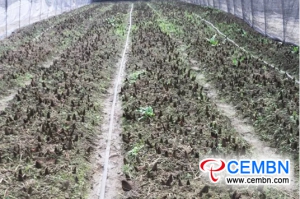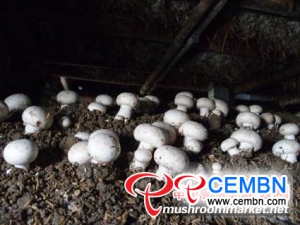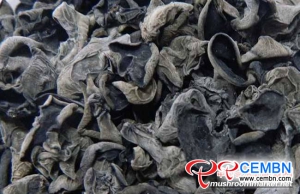
Mushroom Matter
Welcome on our platform. Why MUSHROOM MATTER? Because mushrooms play an important role in our lives as well in business. Our goal is to bring the world the very latest mushroom news with the upmost care to support the positioning of our beloved Mushroom.
Save the bees: Mushroom extracts may help fight viruses that contribute to colony collapse disorder
Photo: STOCK/Getty images
Honey bees may derive health benefits from the certain parts of mushrooms, giving them a chance to combat viruses that have contributed to the destruction of their populations, according to a new study.
Parasitic mites, viruses, pollution, habitat loss and pesticides and herbicides are all considered factors that contribute to declining bee populations across the globe.
More specifically, they contribute to a phenomenon known as colony collapse disorder, where the majority of worker bees suddenly leave the hive and disappear, often leaving behind the queen, food and a few nurse bees to care for the immature bees and the queen.
Source: ABC News - by Bopha Phorn
Canned Mushroom Market 2018 Global Industry
Wiseguyreports.Com published a new market research report on “Canned Mushrooms", check out the link.
Medicinal Mushrooms Are The Latest Health Food Trend
People are drinking special smoothies made with medicinal mushrooms to help them reduce stress.
Medicinal mushrooms are believed to have antibacterial, anti-inflammatory, and antioxidant properties. They may also be able to help lower stress levels. The mushrooms are showing up in different cafes, and as ingredients in health food products like broth, coffee, extracts, and chocolate. Some cafes in the U.S. are even dedicated to medicinal mushrooms, like the Shroom Room in Venice Beach, which serves special mushroom lattes, hot cocoas, and elixirs.
One study predicts medicinal mushrooms will become a $50 billion market in the next six years. They have long been used in some Asian cultures to treat illnesses. Some of the more commonly-used varieties are reishi, turkey tail, shiitake, and maitake.
» Check out the video and also read more
Source: NOWTHISNEWS.COM
Photographer: Daniel Berehulak/Getty Images
A health-care investment firm that’s backing studies of magic mushrooms to treat depression raised $25 million of capital and may consider an initial public offering next year, according to people familiar with the matter.
Atai Life Sciences AG is close to announcing the fundraising with lead backers Christian Angermayer, a German investor, as well as billionaire investor Mike Novogratz and Icelandic entrepreneur Thor Bjorgolfsson, said the people, who asked not to be named because the matter isn’t public yet.
Source: Bloomberg - by Eyk Henning
Pink oyster mushrooms grown in a ‘mini farm’ unit. Photograph: Hannah Shufro
As well as looking pretty, inventor Smallhold claims its far more sustainable than traditional farming
Diners at the Bunker, a Vietnamese restaurant in Brooklyn, may not realise that the mushrooms in their bánh mì were grown in a blue-tinted, spaceship-looking “mini farm” underneath their seats. But it’s just one of a growing number of plug-in fungi farms mushrooming in New York City.
Smallhold, the company that created the idea, grows around 100 pounds of various mushroom types a week, then distributes them three-quarters grown to climate-controlled, do-it-yourself mini “farms” around the city. The mushrooms finish growing within the automated units, while a remote technician adjusts humidity, airflow and temperature, offering chefs on-the-spot, fresh and self-replenishing batches of a food item that has a short shelf-life.
Source: The Guardian - Laura Pitcher



